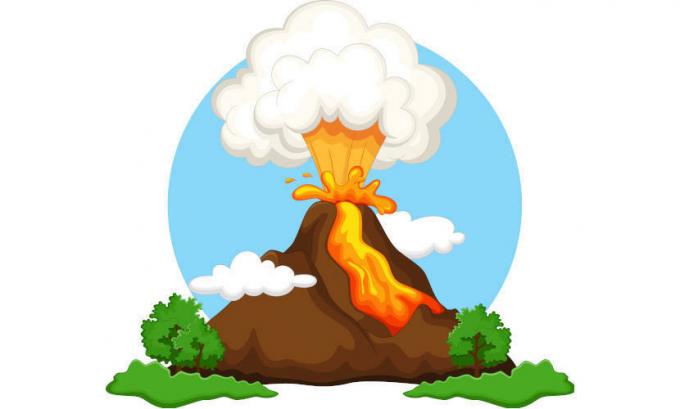Nature has the ability to rebuild and remake itself, in the case of the oceans this is no different, however, in the last three decades the waters have entered an intense process of pollution, the levels have risen to such an extent that the oceans and seas are no longer able to regenerate.
The waters of the oceans and seas are contaminated and polluted, mainly, by the waste introduced by the rivers, which, in their majority, flow into the coast, thus, pollution can be emitted over great distances, but its reflections are perceived in areas coastal areas.
Ocean pollution comes mainly from sewage and chemical and toxic products, in addition to oil, which cause serious damage to fauna and microfauna, such as plankton, and also to man.
Every day the oceans and seas receive millions of tons of polluting substances, waste from central areas carried by river water.
There is a large number of polluting agents in marine waters, such as domestic and industrial sewage, pesticide residues, not to mention solid waste. in the most varied forms, such as tires, soda bottles, cans and many other types of materials, which are gradually dispersed throughout the ocean.
When there is a lot of pollution, the beaches become dirty and unsuitable for leisure and fishing, because the waters are contaminated by fecal coliforms, in addition to other bacteria harmful to humans and fauna navy. Another factor is related to fishing, since pollutants are released on the coast, mainly chemical residues (chlorine, mercury, chromium and lead) that contaminate the entire environment. In this way, fish food, for example, becomes infected and transmits it to animals that will later serve as food for humans, who may also contract some evils.
Recently, the scientific journal Science published an overview of the impacts caused by anthropic action in the world's oceans and seas, the study, which gave rise to the data of the disclosure, was carried out by a group of scientists from the University of California (USA), from the research it was found that 41% of the entire marine area has already suffered impacts.
For the elaboration of the research, 17 points were used, which were based on several factors and in various marine ecosystems such as coral reefs, algae colonies, continental shelves and oceans deep.
The map of the most affected regions is located respectively on the east coast of North America, at sea. Mediterranean and the East and South China Seas, the areas that suffer the least impacts are around the poles.
Do not stop now... There's more after the advertising ;)
By Eduardo de Freitas
Graduated in Geography



